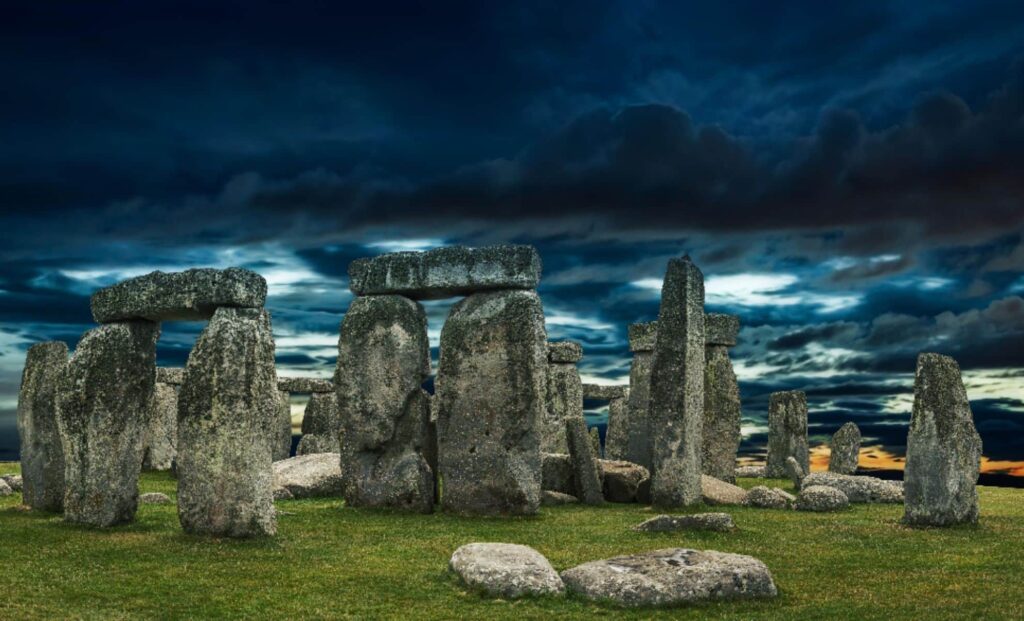A new study has upended long-held beliefs about the origins of the Altar Stone at Stonehenge. Contrary to previous assumptions, this iconic stone does not come from Wales but from the Orcadian Basin in Scotland, a surprising 466 miles away. This revelation forces historians to rethink how such a large, heavy stone was transported and what it reveals about the society that built Stonehenge.
The Welsh Theory: A Long-Accepted Belief
For decades, experts have assumed that the Altar Stone, a massive slab of Old Red Sandstone, came from the Brecon Beacons in Wales. This theory was widely accepted due to the stone’s composition, which seemed to match rocks found in that region. The Altar Stone, which is one of the largest non-sarsen stones at Stonehenge, was thought to be part of the monumental construction at the site around 2,600 BC. But recent research has turned this theory on its head.
Scotland’s Orcadian Basin: The True Source
Led by Anthony Clarke from Curtin University, a team of researchers conducted a detailed analysis of the Altar Stone’s mineral composition. Their findings, published in the journal Nature, revealed that the stone’s chemical fingerprint matches that of rocks from the Orcadian Basin in northeast Scotland—not Wales.
The analysis showed that the Altar Stone contains mineral grains that are between 1,000 and 2,000 million years old, with the older minerals matching the Orcadian Basin’s unique composition. This discovery places the stone’s origin at least 750 kilometers (466 miles) away from Stonehenge, a far greater distance than previously thought.

The Transport Mystery: How Did They Move the Stone?
The discovery of the Altar Stone’s true origin raises the intriguing question of how such a massive stone was transported across such a vast distance. The six-ton slab would have been too large to move using simple methods, prompting researchers to suggest that the stone was likely transported via maritime routes along the coast of Britain. This theory points to the existence of advanced trade networks and maritime transportation techniques that were well-established by Neolithic people.
According to Chris Kirkland, a co-author of the study, the transportation of such a heavy object would have required sophisticated organization and coordination. “Transporting such massive cargo overland from Scotland to southern England would have been extremely challenging,” said Kirkland. This further suggests that Neolithic Britain had far more complex social and trade networks than previously understood.


New Insights into Neolithic Britain
The revelation that the Altar Stone came from Scotland has profound implications for our understanding of Neolithic Britain. The discovery challenges the previous narrative of isolated, disconnected communities and suggests that there were extensive trade and communication networks connecting different parts of the British Isles. The ability to transport such large stones across great distances implies a level of societal coordination and organizational skill far beyond what was once believed.
Although the precise location of the Altar Stone’s origin within the Orcadian Basin is still to be determined, this discovery adds a new layer to the ongoing mystery of Stonehenge. As scholars continue to investigate, the findings open up fresh avenues of research into ancient trade, transportation, and the societal structures that supported the construction of this iconic monument.

